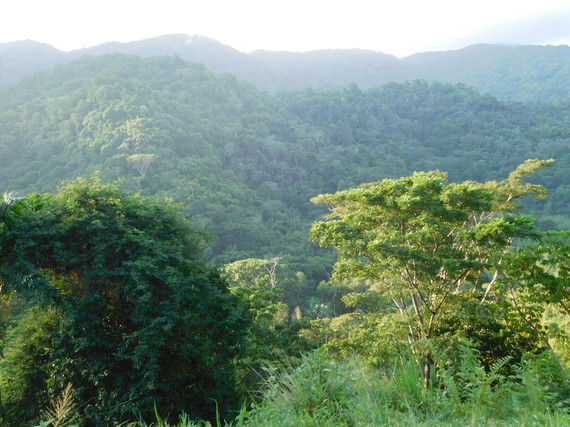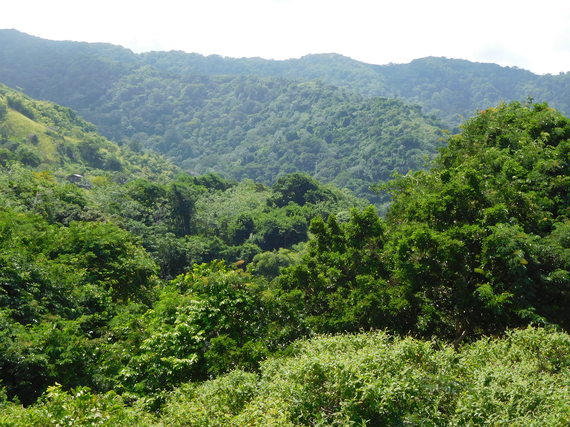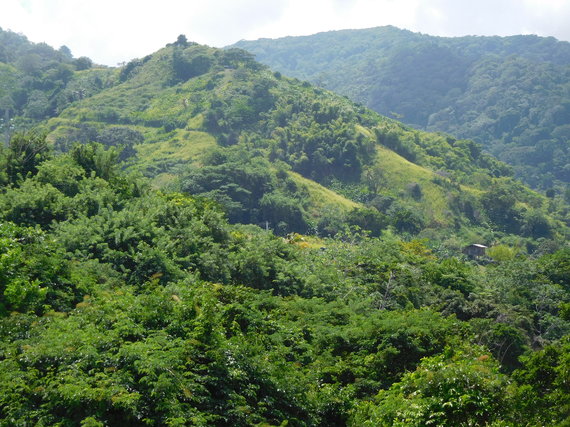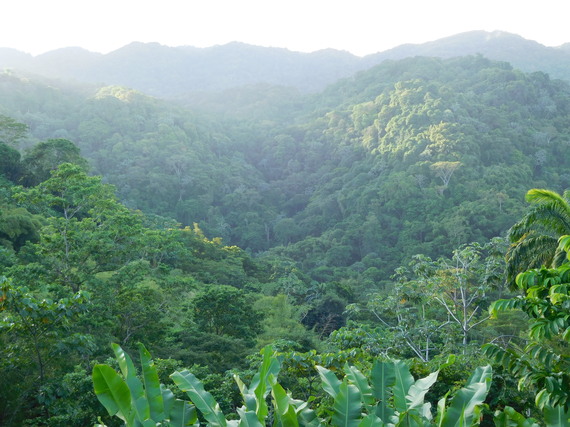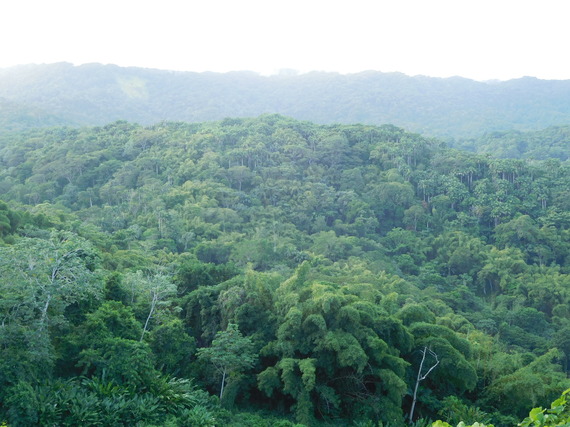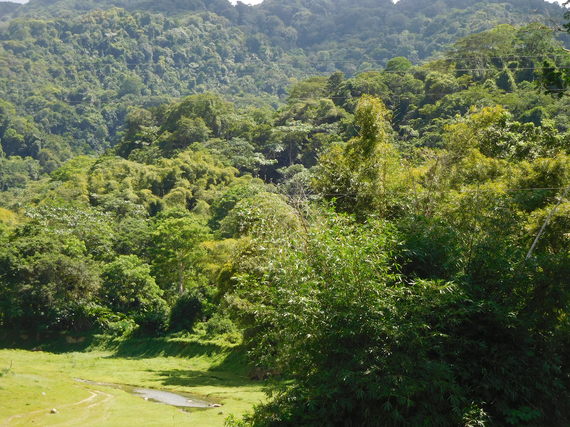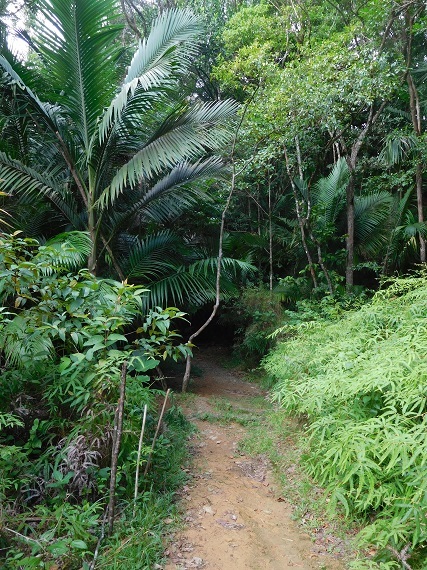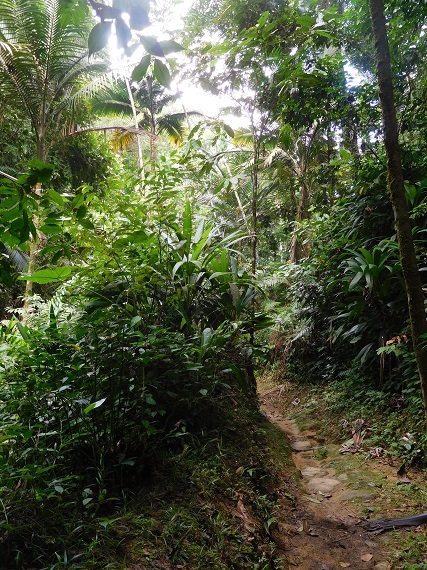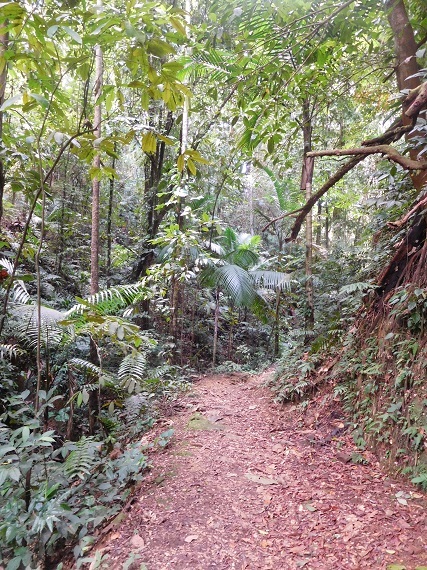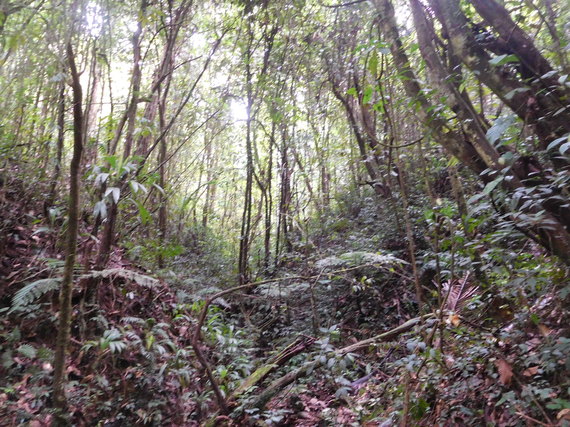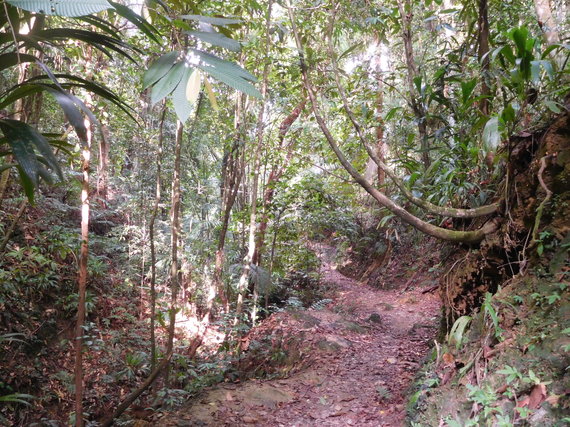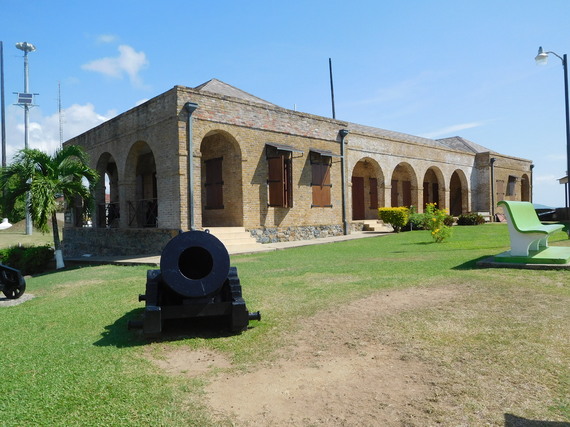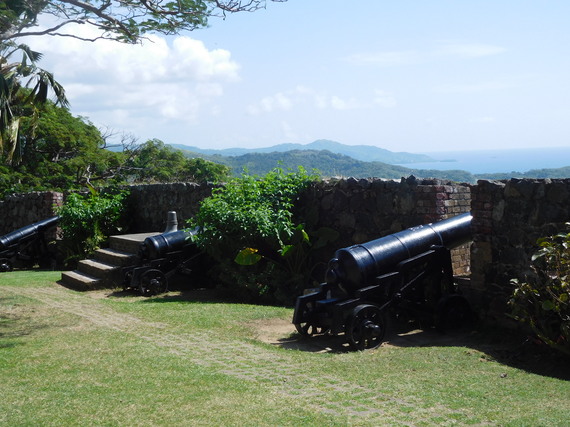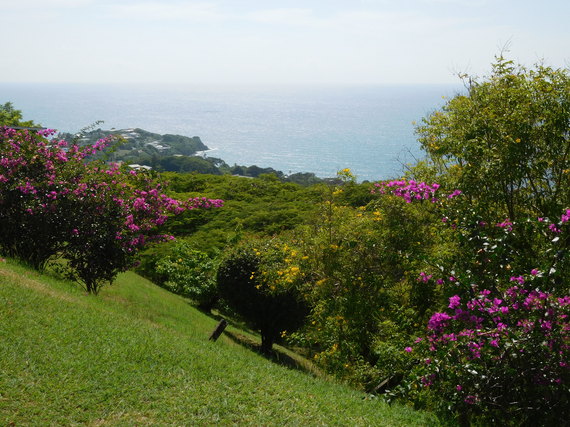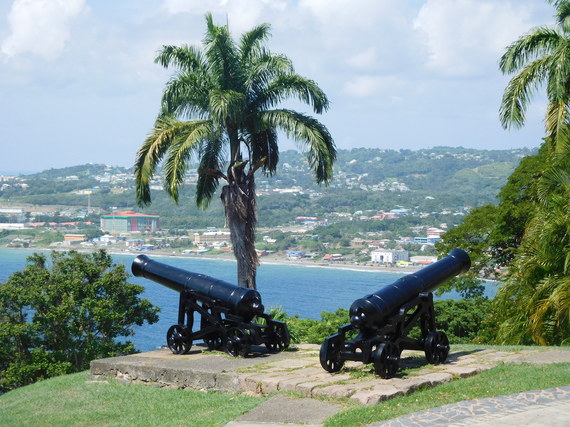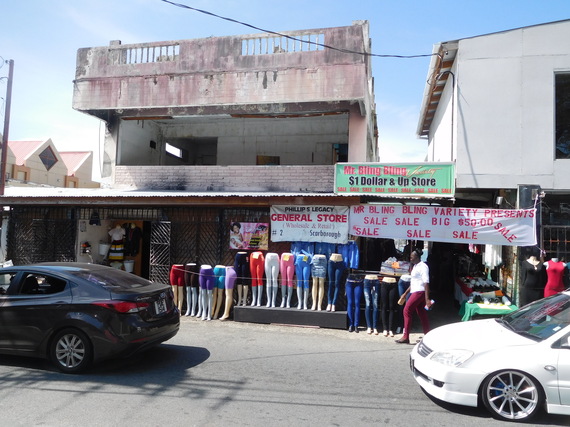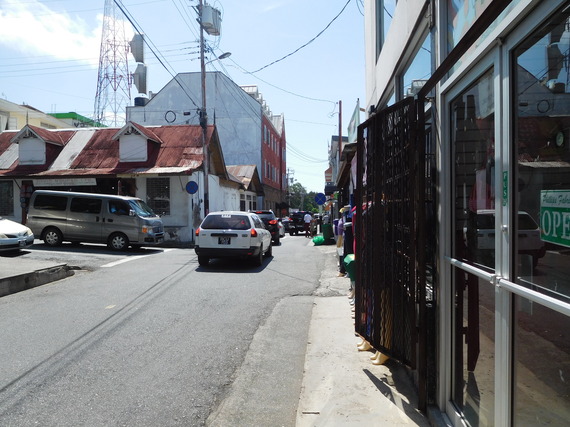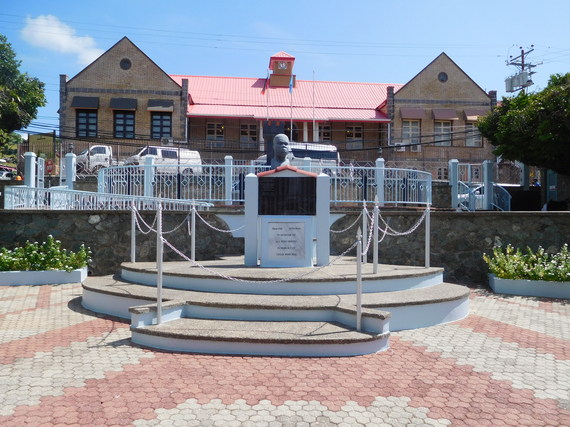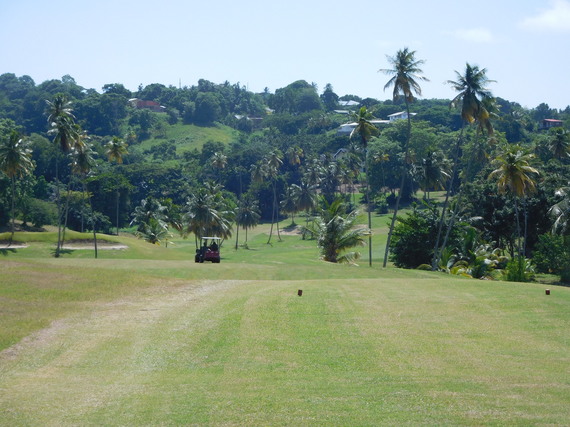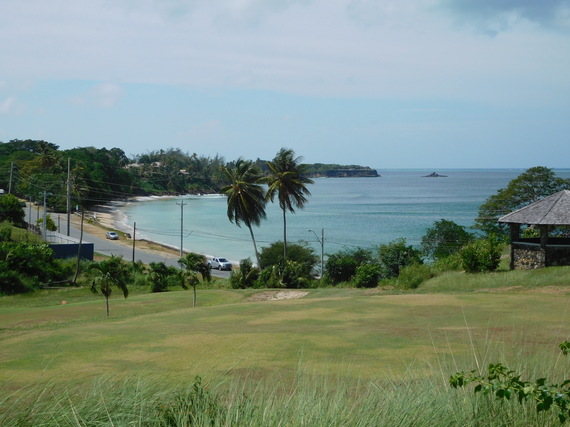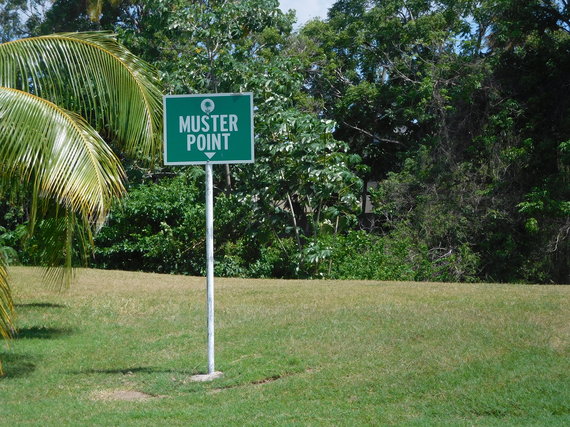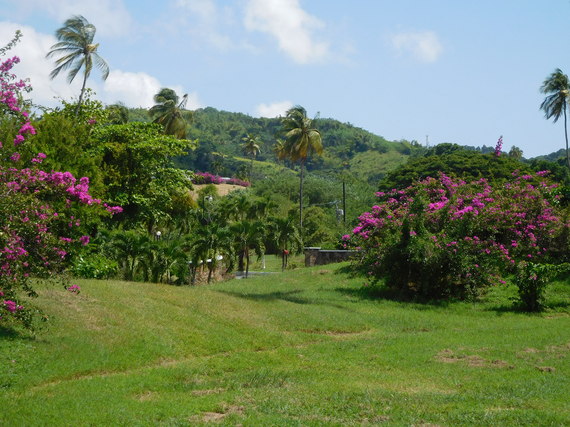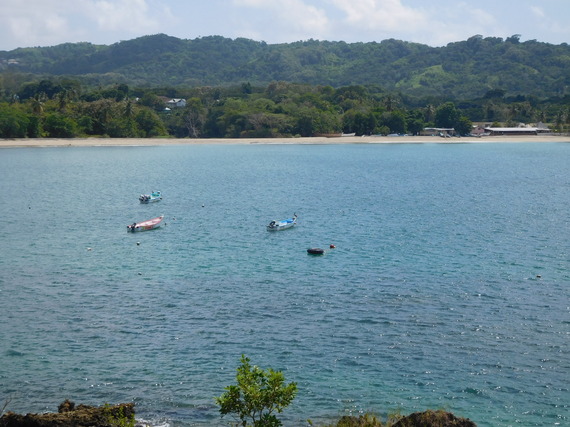So perhaps there were two revolutions in 1776, the better known declaration of independence by Britain's North American colonies on July 4 - and almost three months earlier, on April 13, what the journal Scientific American has called 'the first act in the modern environmental movement.'
For it was on that date that Parliament in London established Tobago's Main Ridge Forest as a Crown Reserve, putting it on record as the first forest legally protected for purely conservation purposes, not merely as a pleasure preserve to satisfy the hunting whims of some royal twit.
All this was due to the persistent efforts of a certain Soame Jenyns, the Right Honourable member for Cambridge, who was influenced by English clergyman Stephen Hales.
Now Hales not only dabbled across the scientific spectrum, becoming the first person to measure blood pressure, inventing forceps for the removal of bladder stones, and authoring a paper against gin as 'The Bane of the Nation,' but more specifically for our purposes drew a sharp linkage between trees and much needed rainfall.
Without Hales via Jenyns, this magnificent tropical rain forest stretching across two thirds of Tobago's 25-mile length and rising from 800 to 1,900 feet, would long since have succumbed to the axes of colonial plantation owners.
Ironically the worthy Jenyns didn't seem to have much time for those buggers up north who were to throw off the British yoke 78 days later, noting that as far taxation without representation was concerned, many people in England like copyholders and leaseholders, and communities like Manchester and Birmingham, were taxed in Parliament without being represented there.
"Are they only Englishmen when they solicit protection, but not Englishmen when taxes are required to enable this country to protect them?" he asked.
OK, back to our tropical rain forest. So what's it like to roam about in the pioneer site of the modern environmental movement? Well, it's like any glorious jungle anywhere.
The forest canopy reaches 165 feet, with some exhibitionist trees poking up above that, while down below, where us flightless creatures prowl in the emerald zone up mountain and down mountain, giant ferns and other salad greenery massage the eye.
I find a delightful little trail that involves not too much upping and downing, with a little rivulet tinkling below in a mini-ravine.
Because Trinidad and Tobago were joined to South America 6,000 years ago, the fauna and flora are much more varied than elsewhere on Caribbean islands, with over 220 bird species in Tobago alone, at least 100 of which, along with armadillos, agoutis, wild hogs, racoons, red squirrels, opossums, snakes, iguanas and fish eating bats, may be sighted in the Reserve.
Not for nothing does Eco-Tobago call the island 'a Nirvana for Naturalists.'
Of course, hawk-eye me doesn't see any of the blue-backed manikins, white-tailed sabrewing hummingbirds, blue-crowned motmots, rufous-tailed jacamars, yellow-legged thrushes, olivaceous wood-creepers and collared trogons that the eco-brochure promises. What a monochromatic jerk I am!
The Amerindian name for Trinidad, at 1,841 square miles vastly larger than 115-square-mile Tobago, was apparently Iere, Arawak for Land of the Humming Bird, because there were so many different types of the colourful little critters.
But the locals hunted and ate them - bloody humans! Though there are still masses left, it's the Christian religious name that buccaneer Columbus gave it that has stuck.
As for Tobago - 20 minutes and $24 away by plane, or 2 ½ hours by ferry - the indigenous peoples called it Aloubaéra (Black Conch) and Urupaina (Big Snail), but the Spaniards thought it looked like a cigar, called it by the indigenous word Tavaco (Tobacco), and that's the name that's stuck.
It might be tiny compared with Trinidad, but it's Tobago that's par excellence the holiday resort of the twin-island republic. Most of the hotels are clustered near the airport at its green but flat south western tip - great since it means the gorgeous northern regions have been spared.
Main Ridge splits the island down the middle, separating the precipitous coves and bays of the Caribbean leeward side from the gentler slopes of the windward side where the Atlantic rollers come roaring in from 3,000 miles away.
Today the ocean is barely more rippled than the Caribbean but insidious undertows belie the welcome offered by the wider beaches. At Roxborough a ruined plantation house bears witness to the island's colonial past as a cocoa supplier.
A little further on, the remains of Fort King George atop a bluff amid purple and yellow flowers overlooks Scarborough, the island's hilly capital.
Old cannons and signs such as Powder Magazine attest to its past, while the ubiquitous green island 'Muster Point' sign attests to the ever-present danger of hurricanes and flooding.
Beyond, in Mt. Irvine Bay, a former sugar plantation with a little mill dating from the time of slavery has cindarella-ed into a beautiful golf course, and at Stone Haven Bay the world's diminishing population of turtles still comes into nest, as they have for countless millennia before there were ever slaves - or golf.
Beyond, lie the tourist hotels and the airport at Crown Point. But it's the north that's the paradise for eco-tourism, and Main Ridge Forest Reserve was voted the 'World's Leading Eco-Tourism destination' by the World Travel Awards for four successive years - 2003 to 2006.
[Upcoming blog next Sunday: Tobago, Island of a Myriad Glorious Bays]
______________
By the same author: Bussing The Amazon: On The Road With The Accidental Journalist, available with free excerpts on Kindle and in print version on Amazon.
